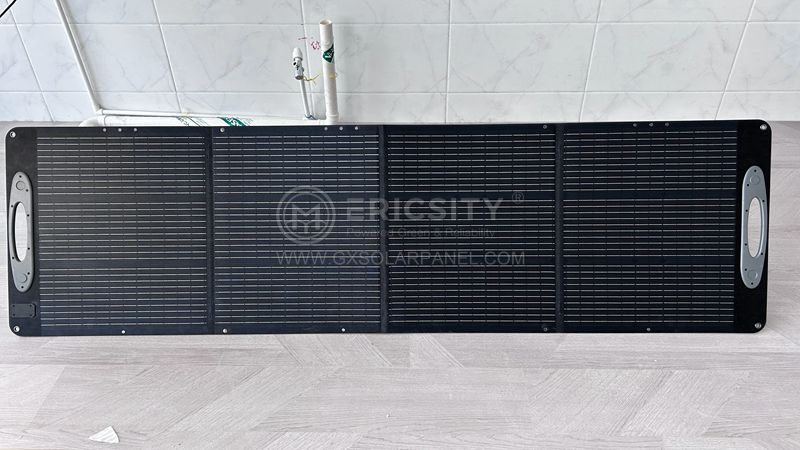HOT PRODUCT
Product Details
semi-flexible Solar Panels: The Power Of Thin-film Technology
Title: Semi-Flexible Solar Panels: The Power Of Thin-Film Technology
Introduction (Approx. 70 words):
Solar power is revolutionizing the energy industry, and one of the most promising advancements is the development of semi-flexible solar panels. These panels utilize thin-film technology, a cutting-edge approach that offers numerous advantages over traditional rigid panels. In this article, we will explore the power and potential of semi-flexible solar panels, discussing their benefits, applications, and the future of this technology.
1. What are Semi-Flexible Solar Panels? (Approx. 100 words):
Semi-flexible solar panels are a type of photovoltaic panel that incorporates thin-film technology. Unlike traditional crystalline silicon panels, thin-film panels are made from a flexible and lightweight material, typically a combination of amorphous silicon or other semiconductors. This manufacturing technique allows for greater design versatility and a range of applications in various industries, including automotive, aerospace, marine, and portable electronic devices.
2. Advantages of Thin-Film Technology (Approx. 120 words):
Semi-flexible solar panels present several advantages derived from their thin-film technology. Firstly, their flexibility enables installation on curved surfaces, thus offering more possibilities for architectural integration and design. This versatility makes them ideal for applications where rigid panels may be impractical or visually unappealing.
Secondly, the lightweight nature of thin-film panels offers advantages in transportation and installation. With reduced weight, these panels can be easily transported and installed in remote or challenging locations, where traditional solar panels may be cumbersome.
Moreover, thin-film panels perform better under low-light conditions, such as cloudy weather or partial shading, due to their increased sensitivity to a broader spectrum of light. This characteristic enhances energy production efficiency and makes them a reliable option in diverse climate conditions.
3. Applications and Versatility (Approx. 150 words):
The remarkable flexibility and lightweight nature of semi-flexible solar panels open up new possibilities for their application. One primary use is in the automotive industry, where they can be integrated into the body of electric vehicles, providing an additional source of power and extending their range. Similarly, in the aerospace sector, these panels offer improved aerodynamics and can power aircraft, satellites, and even unmanned aerial vehicles (UAVs).
Furthermore, semi-flexible solar panels find their place in marine applications, enabling solar-powered boats and ships. Their ability to conform to curved surfaces and withstand mild flexing due to waves makes them an optimal choice for this sector.
Additionally, these panels are increasingly found in portable electronic devices such as smartphones, tablets, and smartwatches, providing a convenient charging option for users on the go.


4. Future Prospects (Approx. 130 words):
The future of semi-flexible solar panels appears promising. Advances in thin-film technology continue to enhance their efficiency and performance. Researchers are actively exploring new materials, such as organic photovoltaics and perovskites, to improve power conversion and reduce manufacturing costs.

Additionally, integration of flexible solar panels into everyday objects like clothing or household items holds the potential for wider adoption of renewable energy in our daily lives.
As governments and corporations show increasing commitment to sustainable energy solutions, the demand for semi-flexible solar panels is expected to grow significantly. This growth will lead to economies of scale, making the panels more affordable and accessible for both residential and commercial users.
Conclusion (Approx. 70 words):
Semi-flexible solar panels represent a groundbreaking development in the solar energy industry. Their thin-film technology offers advantages like flexibility, lightweight design, high energy conversion efficiency, and low-light performance, making them highly versatile for a range of applications. As research and technology continue to advance, the future holds immense potential for these panels to revolutionize clean energy production, enabling a greener and more sustainable future.




